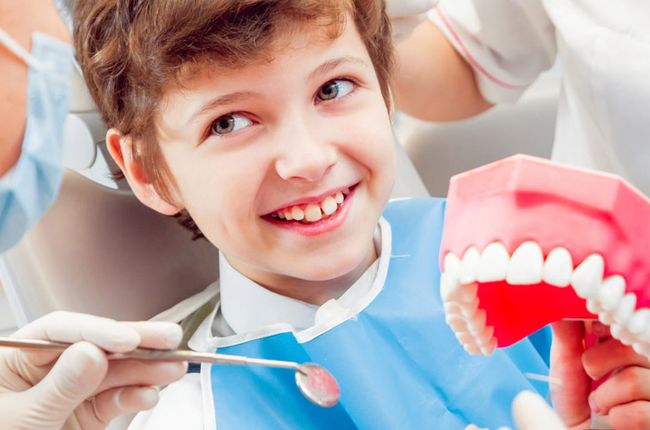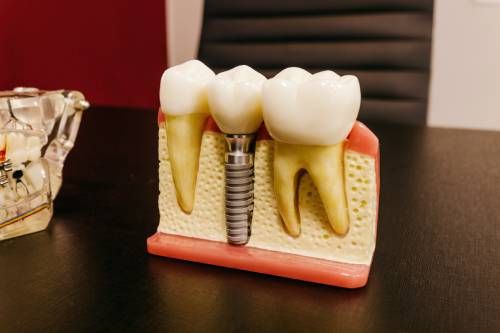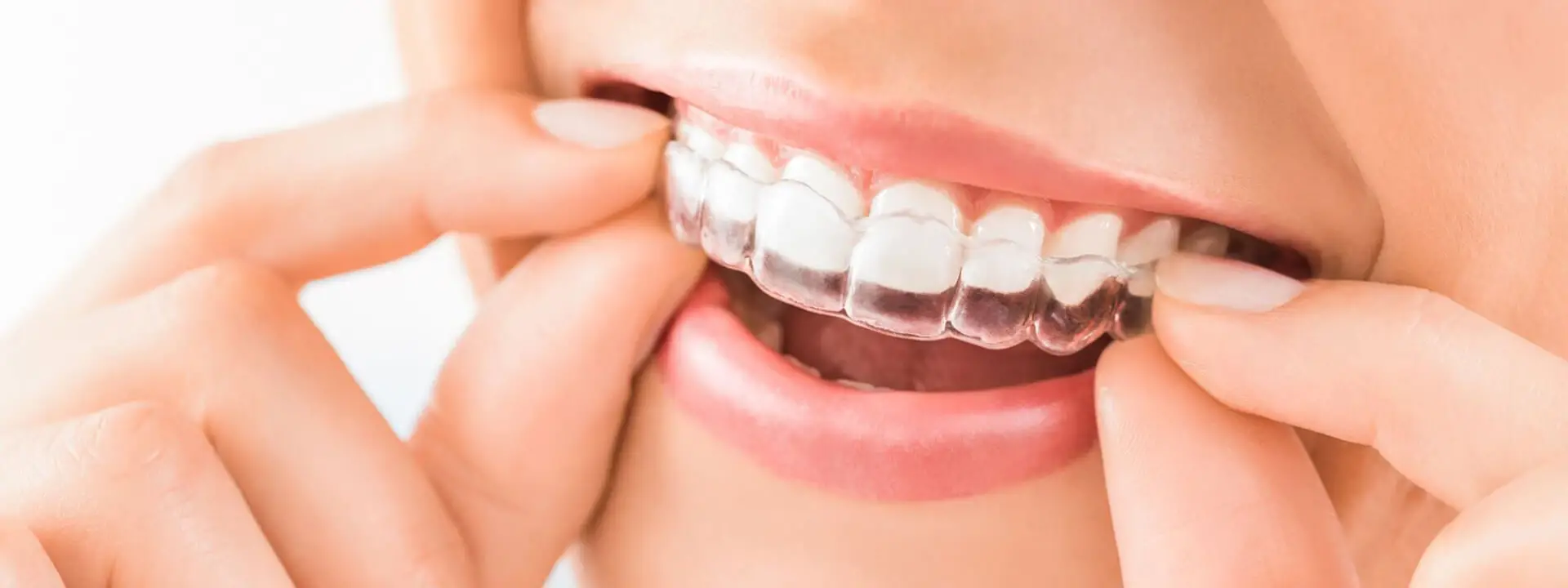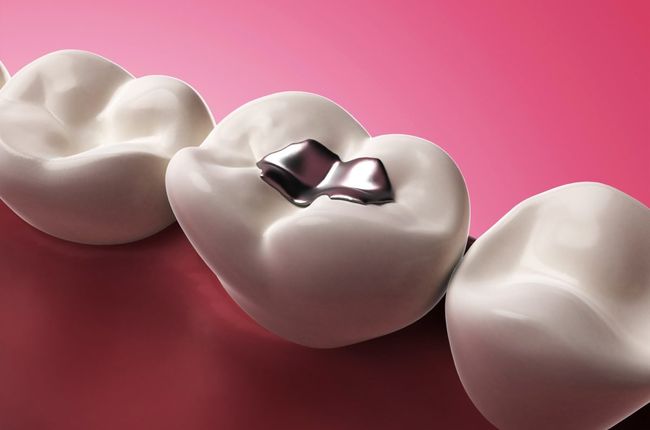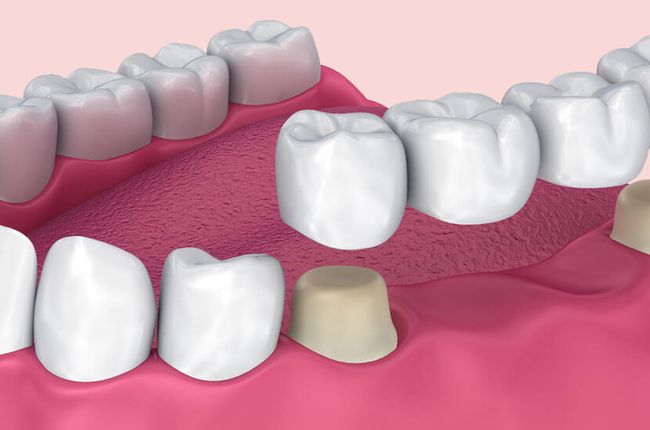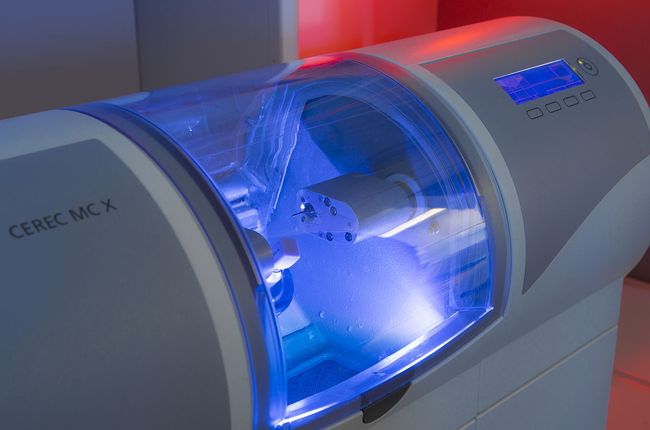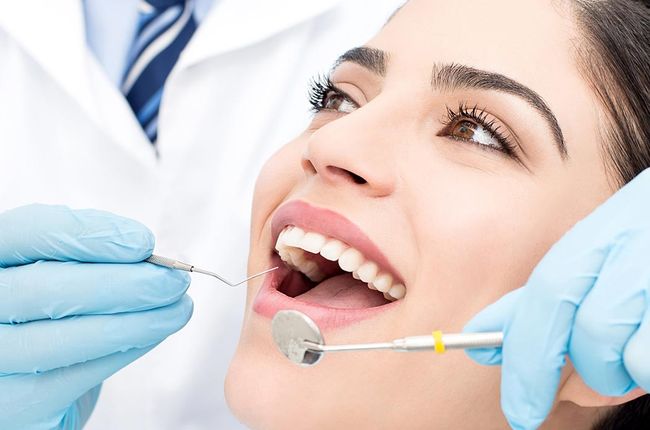When it comes to restoring your smile, dental implants are often the go-to solution. They offer a permanent fix for missing teeth and can dramatically enhance your quality of life. But what happens when there isn’t enough bone in your jaw to support these implants? This is where bone grafting steps onto the stage as a crucial player in the journey towards a successful dental implant procedure. In this blog post, we’ll explore how bone grafting not only prepares your mouth for implants but also plays an essential role in ensuring long-lasting results. If you're considering dental implants in Redmond, OR, understanding bone grafting is key to achieving that perfect smile you’ve been dreaming of!
What is Bone Grafting and its Importance in Dental Implants
Bone grafting is a surgical procedure that enhances the jawbone's structure. It involves transplanting bone tissue to areas where bone density is insufficient for dental implants.
The importance of this process cannot be overstated. When teeth are lost, the surrounding bone may deteriorate over time due to a lack of stimulation. This can hinder the placement of dental implants, which require a solid foundation for support.
By using bone grafting, dentists can restore volume and strength to the jaw. This not only makes it possible to place implants but also promotes overall oral health by preserving facial structure and preventing further bone loss.
For anyone considering dental implants in Redmond, OR, understanding how crucial bone grafting is will pave the way toward achieving optimal results and long-term success with their new smile.
The Process of Bone Grafting in Dental Implants
Bone grafting is a pivotal step in preparing for dental implants. The procedure typically begins with a thorough examination. Your dentist will evaluate the jawbone's condition and determine how much bone is needed.
Once assessed, the area is numbed to ensure comfort during surgery. A small incision might be made in the gum tissue to access the underlying bone. Then, the chosen graft material is placed strategically where it’s needed most.
Over time, this graft integrates with existing bone through a process called osseointegration. This healing phase can take several months, but it lays the groundwork for successful implant placement.
Regular follow-ups are essential during this period. They help monitor progress and ensure everything heals as expected before proceeding to install your dental implants.
Different Types of Bone Grafting Materials
Bone grafting materials vary widely, offering options to suit individual needs.
- Autografts are one of the most popular choices. This method uses bone harvested from the patient’s body, ensuring a perfect biological match.
- Allografts come from human donors and are processed for safety. They provide a reliable solution without requiring another surgical site in the patient.
- Xenografts utilize animal bones, often sourced from cows or pigs. These grafts undergo thorough processing to eliminate any risk of disease transmission while encouraging new bone growth.
- Synthetic materials also play a significant role in dental procedures. Composed of biocompatible substances like calcium phosphate, they stimulate natural bone regeneration effectively.
Each material has its own set of advantages and considerations depending on your specific situation and preferences. Consulting with your dental professional can help determine which option is best suited for successful integration into your implant process. Contact us now.
Benefits of Bone Grafting for Dental Implants
Bone grafting plays a crucial role in enhancing the success of dental implants. When there isn't enough bone density, grafting provides the necessary support for stable implant placement.
- One significant advantage is improved longevity. Grafted bone can fuse with existing tissue, creating a solid foundation that helps prevent future complications.
- Aesthetic outcomes also improve. With adequate bone structure, implants can be placed in the ideal position to achieve natural-looking results.
- Moreover, patients experience less postoperative discomfort compared to other methods of restoration. The procedure often leads to faster recovery times and quicker return to normal activities.
- Bone grafting allows for greater flexibility in treatment options as well. It opens doors for complex cases where traditional procedures may fall short or pose risks.
For those seeking dental implants in Redmond, OR, understanding these benefits highlights why bone grafting is an essential step toward achieving optimal oral health and function.
Aftercare and Recovery Tips for Successful Dental Implants with Bone Grafting
After undergoing bone grafting and dental implant surgery, proper aftercare is crucial for a smooth recovery.
- Start by following your dentist’s specific instructions closely. They know your unique situation best.
- Rest is vital in the first few days. Avoid strenuous activities that could strain your body or impede healing. Keep your head elevated while sleeping to minimize swelling.
- Maintain oral hygiene, but be gentle around the surgical area. Use a soft-bristle toothbrush and avoid vigorous rinsing until cleared by your dentist.
- Stay hydrated and opt for nutrient-rich foods to support healing. Soft foods like yogurt, smoothies, and mashed potatoes can make eating easier during recovery.
- Keep an eye on any discomfort or unusual symptoms. Reach out to your dental professional if you notice excessive swelling or pain that doesn’t subside within a reasonable timeframe. Staying informed will help you navigate this essential part of the process successfully.
Conclusion
Bone grafting serves as a cornerstone in the realm of dental implants, especially for those residing in Redmond, OR. It enhances the success rate of implant procedures by ensuring that there is adequate bone density and structure to support artificial teeth. This technique not only improves aesthetic outcomes but also contributes to overall oral health.
As patients embark on their journey towards optimal dental solutions, understanding the significance of bone grafting can make all the difference. The right preparation leads to better results and a smoother recovery process. With various materials available, individuals can discuss with their dentists which option best suits their needs.
For anyone considering dental implants in Redmond, OR, it’s essential to recognize how vital bone grafting is for achieving lasting success. Taking proactive steps during treatment will pave the way for restored confidence and improved quality of life through effective dental care strategies.
Call our Dentist in Redmond, OR, immediately and let us help you offer a permanent way to improve your smile with dental implants. With proper examination and consultation, we will determine whether you are an appropriate candidate or not.

